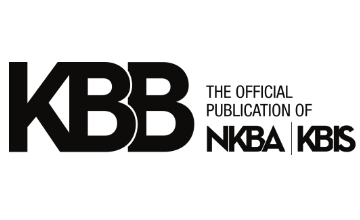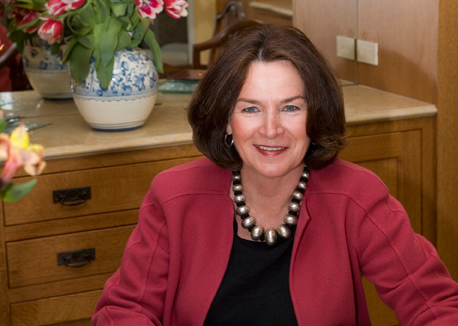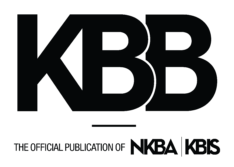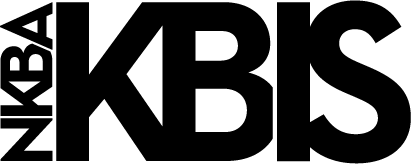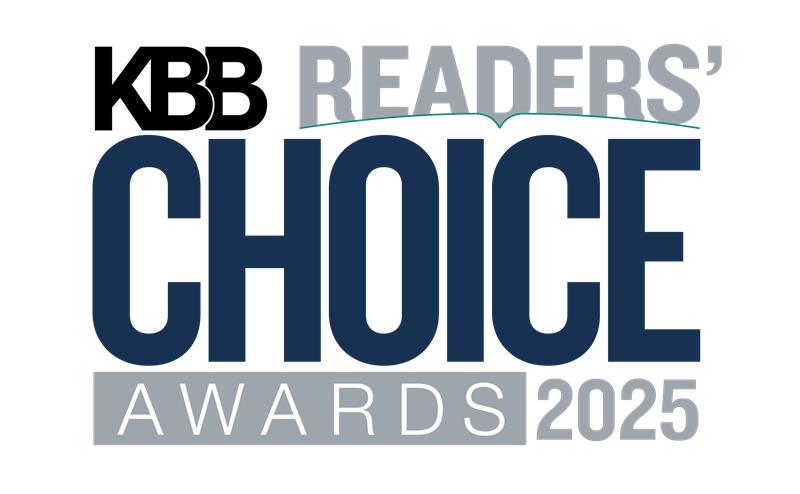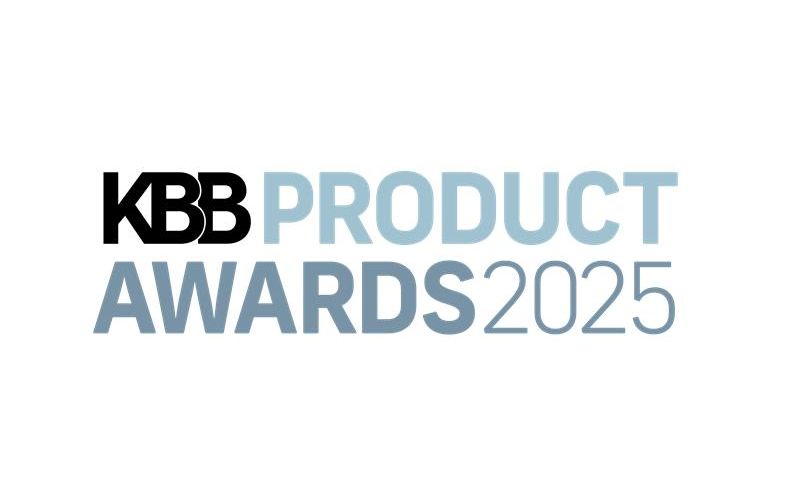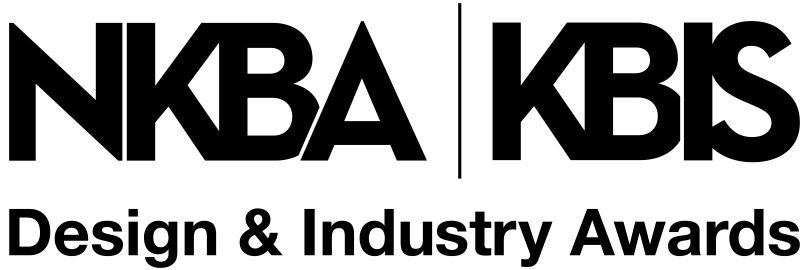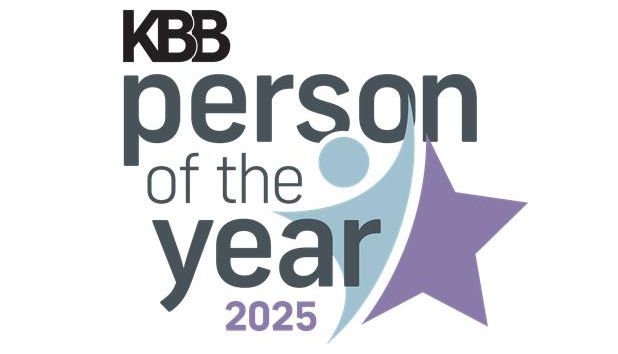Growing up as the only girl and youngest child in her family, NKBA Hall of Fame inductee and Universal Design expert Mary Jo Peterson, CKD, CBD, CAPS, CAASH, “always understood [she] could be whatever [she] wanted.” Her first choice of profession was a doctor, as it would allow her to “use [her] mind to help people.” However, as she became increasingly interested in“the creative aspects of house and home,” Peterson changed course: “my ambitions evolved to design, home-related study and teaching as a way I might still be able to ‘make a difference.’” As a 25-year veteran of the residential design industry, she has not only shared her design expertise with countless private clients, major homebuilders and manufacturers, but also authored three books on Universal Design and is a frequent national speaker and educator on the subject. More recently, she developed and taught courses on sustainability in kitchens and baths, as well as outdoor kitchen design, and co-authored the National Association of Home Builders’ Advanced Certified Aging-in-Place Specialist (CAPS) course. Her books Kitchen Planning and Bath Planning, published by the National Kitchen & Bath Association, are part of its professional resource library.
What moment in your life inspired you to get into the business?
I entered the design business at the urging of a woman we hired to design our kitchen for us. Lorey Cavanaugh, kitchen and bath designer extraordinaire and a dear friend, talked me into it. I entered Universal Design at the urging of a client and friend, Bill Goldstein, a doctor, who encouraged me to put my interests and talents together and “follow my passion.”
What learning experience has had the most impact on you?
Tough question. There are many, and I hope I’m far from done with the learning! One big one I refer to as my “a-ha!” moment came as I was designing for people with disabilities and realizing that much of what I was doing would work better for most of us. The lowered work surface or the raised dishwasher that began as a concept to improve access for a seated user was also great for the shorter cook. In other words, Universal Design.
What’s the biggest misconception about what you do?
The idea that Universal Design—so much a focus of my work—is specifically for people with disabilities. In fact, it is design that respects and accommodates the variety in size, shape and ability of all the people who enjoy the spaces and products I work on.
What “words of wisdom” can/do you share with others?
The adage: “Do what you love and success will follow.” It has been my experience and good fortune that when I moved off the predictable path my career was taking and began to envision a combination of my experiences, education and passion, incredible opportunities began to occur, and this continues to this day.
What are some issues that you’re passionate about?
Universal Design, of course. I am also passionate about our individual responsibility to make a difference in the world, through our work and the contributions we make with our time and money, and the example we set. While none of us is so powerful as to be in control of destiny—ours or anyone else’s—we can play a part in changing the lives of those we reach out to, even if it’s just one step at a time. When I started in Universal Design, working with builders and having minimal success in changing the way things were done, I was discouraged. An architect friend once introduced me as a person who had changed the way homes are being built, one house at a time. Pretty grand praise and not necessarily deserved, but it made me aware that three steps forward and one back is still progress.
What’s the best thing that has happened to the profession in the past five years?
Perhaps the downsizing of our “wants and needs” or our “wish list.” It seems the age boom and related desire for simplifying life, the environmental movement and a down economy have changed attitudes about what constitutes need, comfort and luxury.
And the best development/innovation in the past five years?
First, I am excited about the evolution of glass as a material—beautiful, durable and a conductor of energy, light and technology. I look forward to where we go with this. I am also constantly fascinated and sometimes overwhelmed by advances in technology, enabling us to shortcut and delegate tasks, such as the appliance that figures out needed repairs without our help or programs a grocery list and cooking timetable for dinner, or even one that monitors our health and wellness so we can age in place. I am also happy to see so many new products introduced to help us bathe with safety and beauty: integrated supports, no-threshold showers, beautiful seats. And just look at the toilets of today. I’m not sure it’s appropriate to be excited about the toilet experience, but there certainly is a lot going on!
What is the most intriguing aspect of your job?
People and engineers. Clients bring their own perspective to my work—especially those with a different outlook from mine—making each project a new experience, and I especially enjoy the much older or much younger client. In work, I like the mix of experienced and much younger colleagues. In fact, we often miss the opportunity for fresh directions because we rely solely on the experienced professional, and we miss the incredible point of view of the young. I say engineers because while I can bring the end-user perception and need, engineers can respond with incredible directions for products—it’s a great teaming.
What do you hate about it?
Never enough time…
Are there any examples of architecture that move or motivate you to design?
Not one architecture style, but I am always drawn to the beautiful curvilinear forms of the Art Nouveau movement in architecture and in furnishings. I also appreciate the clean rectilinear sense and horizontal lines of contemporary design.
Whom do you consider to be the most inspirational architects?
I have to say Steven Winter (Steven Winter Associates)—a great contributor to the green movement. He was into building a better home long before it was fashionable—and he’s also my husband.
What is your greatest strength as a designer?
I listen to my client and when the project is done, the space or product reflects their sense of self, and not so much mine.
What is your most annoying weakness as a designer?
I say yes to more than I can do in the time suggested, and then I try to complete the task anyway.
What are some of the proudest experiences in you career? Do you have any regrets?
It was my great pleasure to be inducted into the NKBA Hall of Fame in 2009; I was truly moved. To be selected by peers, with no knowledge it was happening until I received a letter congratulating me, was such an honor! I also enjoyed the design of the current kitchens for General Mills. I grew up in Minneapolis, where General Mills and Betty Crocker are home-based, and it was such a treat to be the kitchen designer for the first change of these kitchens in my lifetime.
What’s the coolest thing you ever put in one of your projects?
I once designed a custom trough that ran behind the cooking area for a woman who cooked Chinese food. Her kitchen also had a built-in fire extinguisher system in the hood, long before either of these concepts was available.
When my firm designed the Betty Crocker kitchens, we were told there could be no wall cabinets and only refrigeration on the tall walls of each kitchen. We designed the work surface to be 36 in. deep and placed storage 18 in. high on the rear 12 inches of the 36 in. counter. These “cabinets” had fold-up doors. When these kitchens were planned back to back, a 24-in. cavity was created and we used this to store rolling storage carts that are very suited to the needs of the home economists using the kitchens as labs.
When you walk into a kitchen or bath you didn’t design, what do you tend to notice first?
Colors, textures and line. They seem to create the good bones and depth of a kitchen or bath.
What do you like to do in your spare time when not designing?
My husband and I enjoy bicycling, and we try to take at least one trip a year away from it all on bikes, most often in Europe. We also enjoy diving, which takes us to the most remote and otherworldly places—a great contrast to our “normal” life.
What would you be doing if you weren’t in your current profession?
I still think about medicine. I also love to cook and entertain, so that would come in somewhere.
What is your favorite color?
Shades of blue—periwinkle especially, a color that works for everyone. Truly, I enjoy intense colors and combinations of them, such as in my Fiestaware, which I have collected for years.
What is your favorite place on earth?
With my husband and dog, out on our boat.
People would be surprised to find out that you…?
Once had a catering company with two dear friends, also kitchen designers. We called it Just Friends, but we quit when we realized we wanted to be part of the party, too, not just cook for it.
